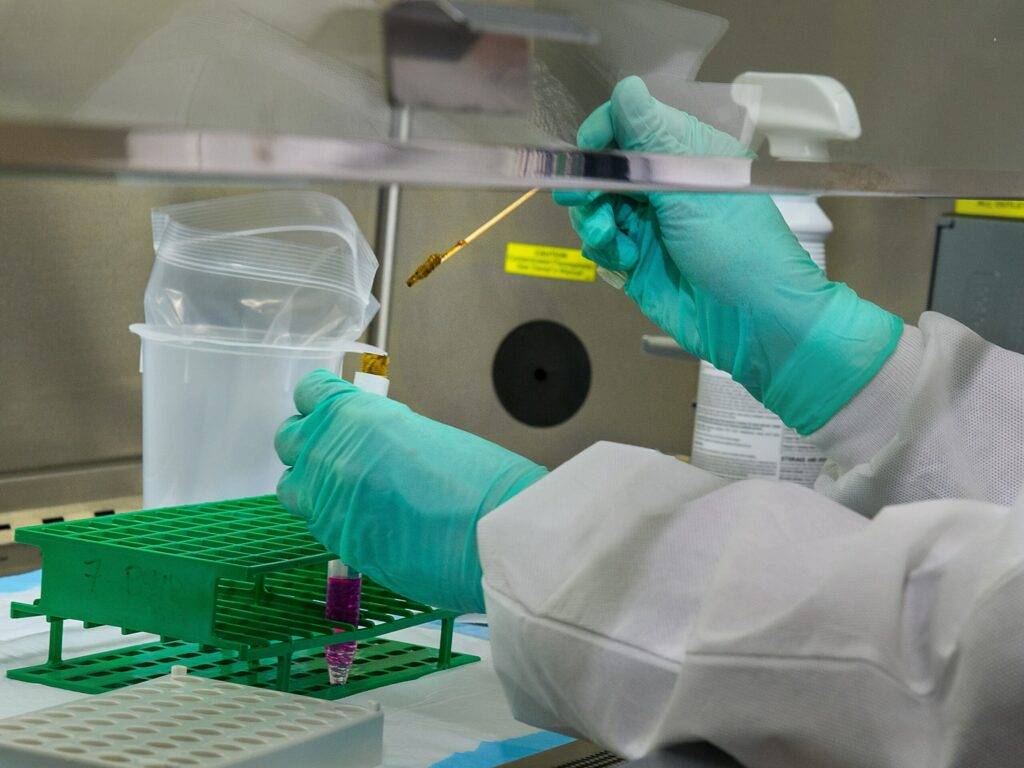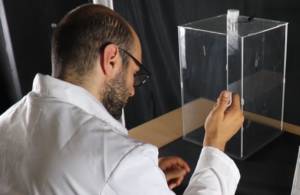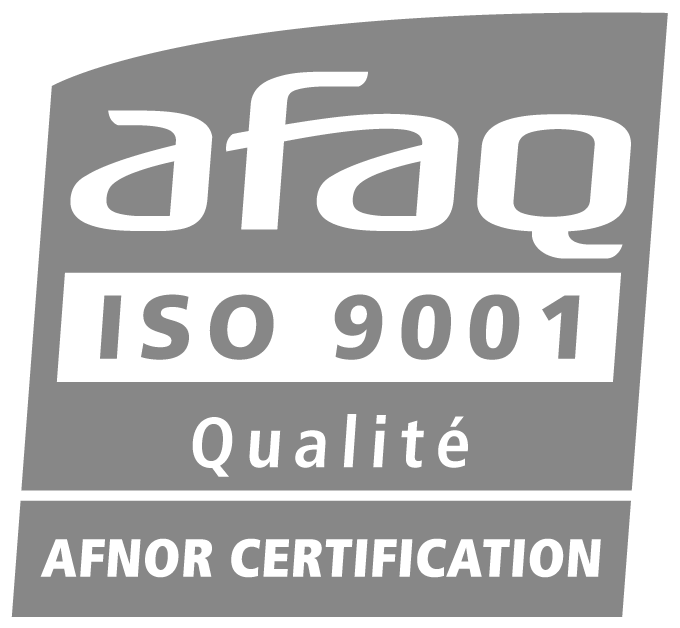In laboratory environments, it is essential to maintain high levels of contamination control to ensure the safety and accuracy of experiments. Two popular decontamination methods used in the lab are Vaporized Hydrogen Peroxide (VHP) and Hydrogen Peroxide (H2O2) nebulization. In this article, we will compare these two methods and highlight their respective advantages and disadvantages.
VHP technology uses hydrogen peroxide vapor released into a sealed area to sanitize surfaces. While VHP systems are known for their effectiveness in decontaminating large areas, they also have several drawbacks. Firstly, VHP systems require a significant investment, including high operating costs and maintenance expenses. Additionally, they require specialized training and experienced personnel to operate, adding to the overall cost of ownership.
Moreover, VHP systems are not suitable for use with delicate laboratory equipment and can potentially damage delicate surfaces. Furthermore, the hydrogen peroxide vapor generated by VHP systems can pose health hazards to laboratory personnel if proper safety protocols are not followed. This can result in additional safety and training expenses.
On the other hand, H2O2 nebulization systems, such as those equipped with Tekceleo’s Micronice nozzles, offer several advantages over VHP. Firstly, they are much more cost-effective and efficient, requiring lower operating costs and fewer resources. They are also easy to set up and do not require specialized training, making them a convenient option for laboratory decontamination.
Additionally, H2O2 nebulization systems are safe to use, as they do not pose any health hazards associated with exposure to hydrogen peroxide vapor. Furthermore, the fine mist generated by the Micronice nozzles ensures even coverage and effective decontamination of laboratory surfaces and equipment. This high-quality mist is produced by Tekceleo’s cutting-edge nebulization technology, which creates tiny droplets with a diameter of less than 05 microns. This ensures that every surface and crevice in your volume is thoroughly decontaminated. To summarize, the advantages of H2O2 fogging with Tekceleo’s Micronice technology are as follows:
- Ease of use: H2O2 nebulization systems are easy to set up and do not require specialized training, making them a cost-effective and convenient option for laboratory decontamination.
- Cost-effectiveness: H2O2 nebulization systems are more cost-effective compared to VHP systems, with lower operating costs and fewer resources required.
- Safety: Unlike VHP, H2O2 nebulization systems do not pose any health hazards associated with exposure to hydrogen peroxide vapor.
- High efficiency of the process: The H2O2 nebulization ensure full decontamination of the volume. Moreover, decontamination process takes less time and can be adapted to very sensitive elements. The Tekceleo technology does not use pressure or heating to work and consume very little volume of disinfectant. Micronice nozzle are also very energy efficient (< 2W).
In conclusion, both H2O2 nebulization and VHP systems are effective methods for decontaminating laboratory surfaces and equipment. However, H2O2 nebulization systems, such as those equipped with Tekceleo’s Micronice nozzles, offer several advantages, including cost-effectiveness, ease of use, safety, and high efficiency. If you are looking for a reliable decontamination solution for your laboratory, consider using H2O2 nebulization technology and Micronice H2O2 decontamination nozzle. This versatile solution can be used to decontaminate a wide range of laboratory equipment, including isolators, ensuring that your laboratory is free from contamination and ready to work.




